The 5 most eye-catching modern buildings in Paris
1) Immeuble de Rapport
This apartment building, built in 1903, is one of the seminal constructions of modernist architecture. With this building Auguste Perret, the architect, demonstrates the new possibilities of a reinforced concrete frame. Here the structure of the façade, which has been covered with faience tiles decorated with floral patterns, is clearly visible. Part of the façade is recessed allowing for more window space and increasing the light in the rooms of the apartments.
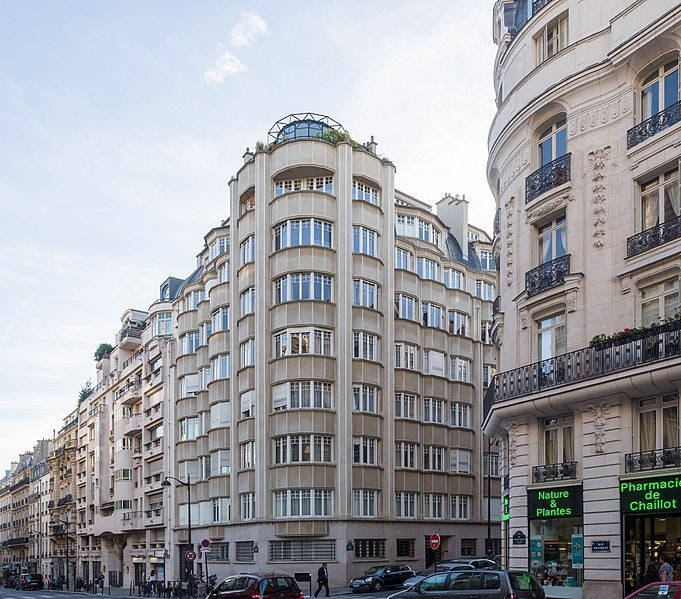
2) La Cité Universitaire
This vast park has 40 student residences, for students, artists, researchers and athletes from around the world. It is a mishmash of architectural styles and the walk through the park is both pleasant and instructive. See the Swiss pavilion, which was built in the fifties by Le Corbusier and Pierre Jeanneret, as well as the Brazilian pavilion, which was designed in 1959 by the brutalist architect Lucio Costa.
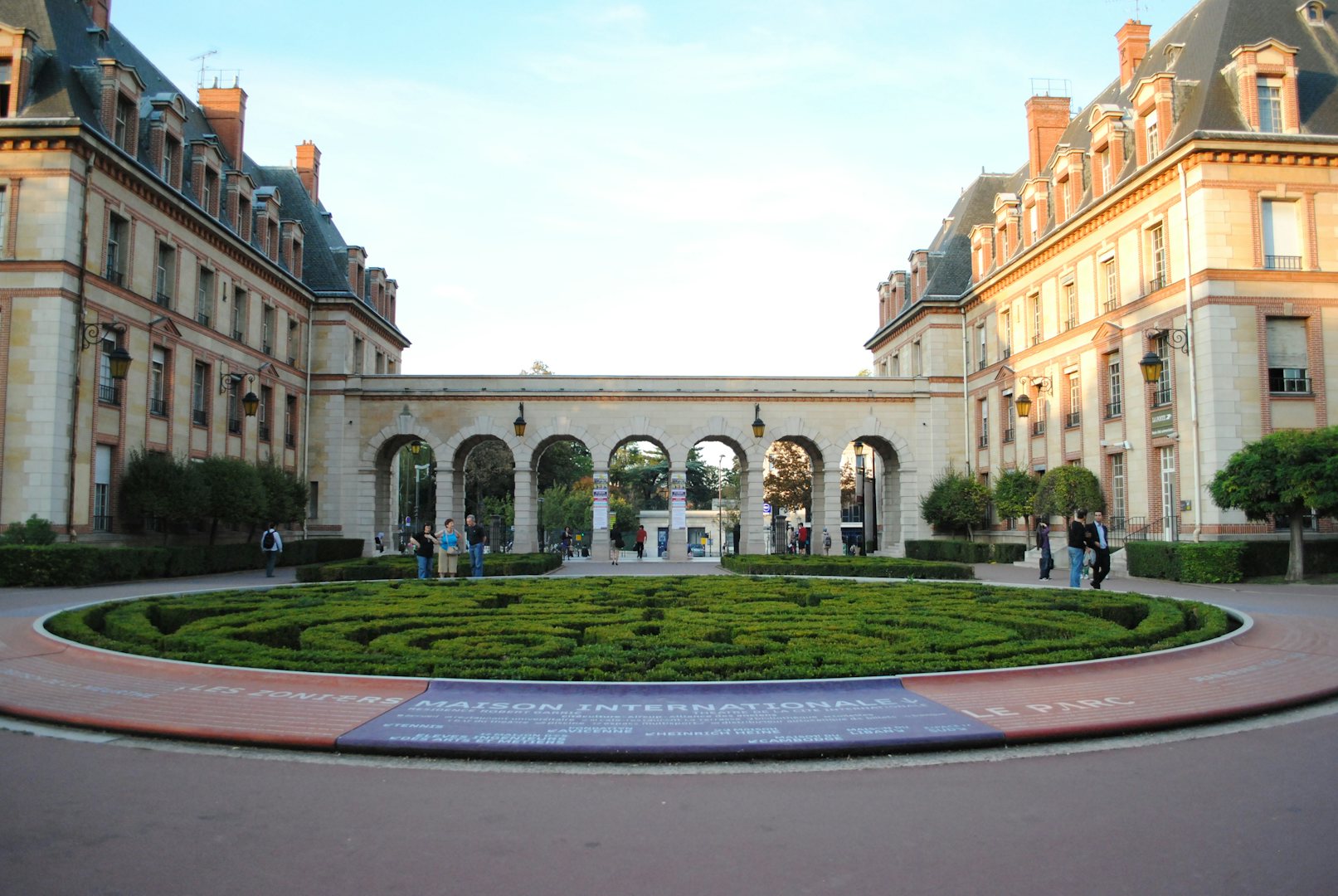
More hidden secrets of Paris?
This guide takes you to the city's best-kept secrets: from hidden squares to charming shops. Discover Paris off the beaten track. Available as book or ebook.
3) Immeuble à Gradins
In 1912-1913 the architect Henri Sauvage signed the ‘manifesto of hygienist architecture’. He invented a stepped structure, which increased the sunlight and ventilation in the apartments, but also allowed him to solve certain hygiene issues and battle tuberculosis. The façade is clad with white ceramic tiles called ‘metro’, which are also used on the walls of the metro stations in Paris.
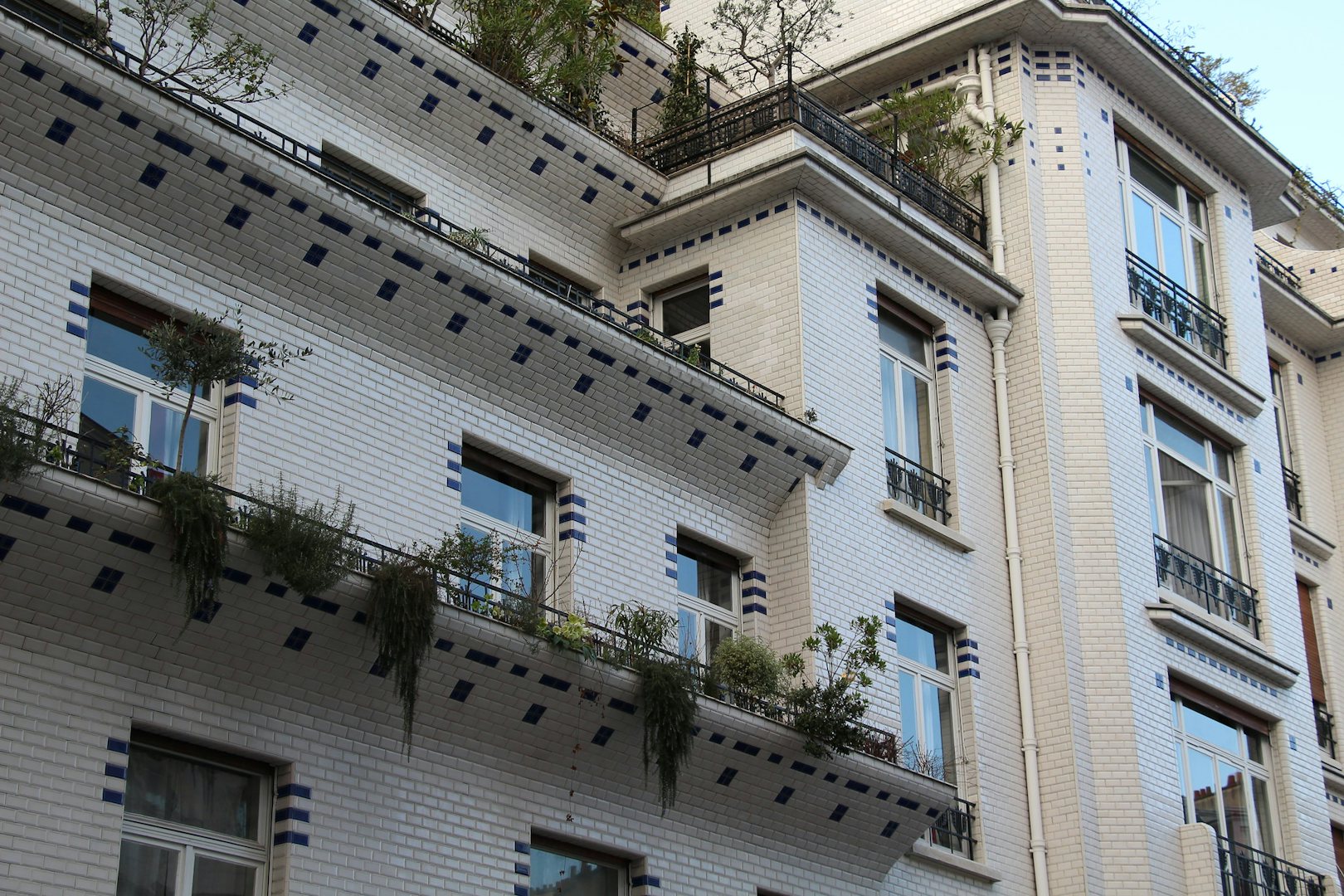
Fred Romero
4) Maison Tzara
In 1926 architect Adolf Loos went into exile in Paris. During this period he designed a house for his friend, Dadaist poet Tristan Tzara. The Viennese architect incorporated a cherished principle in this house, his only project in France: simplicity, proof of his commitment to completely strip the façade of a house of all ornaments, in stark contrast with the early 20th-century architecture.
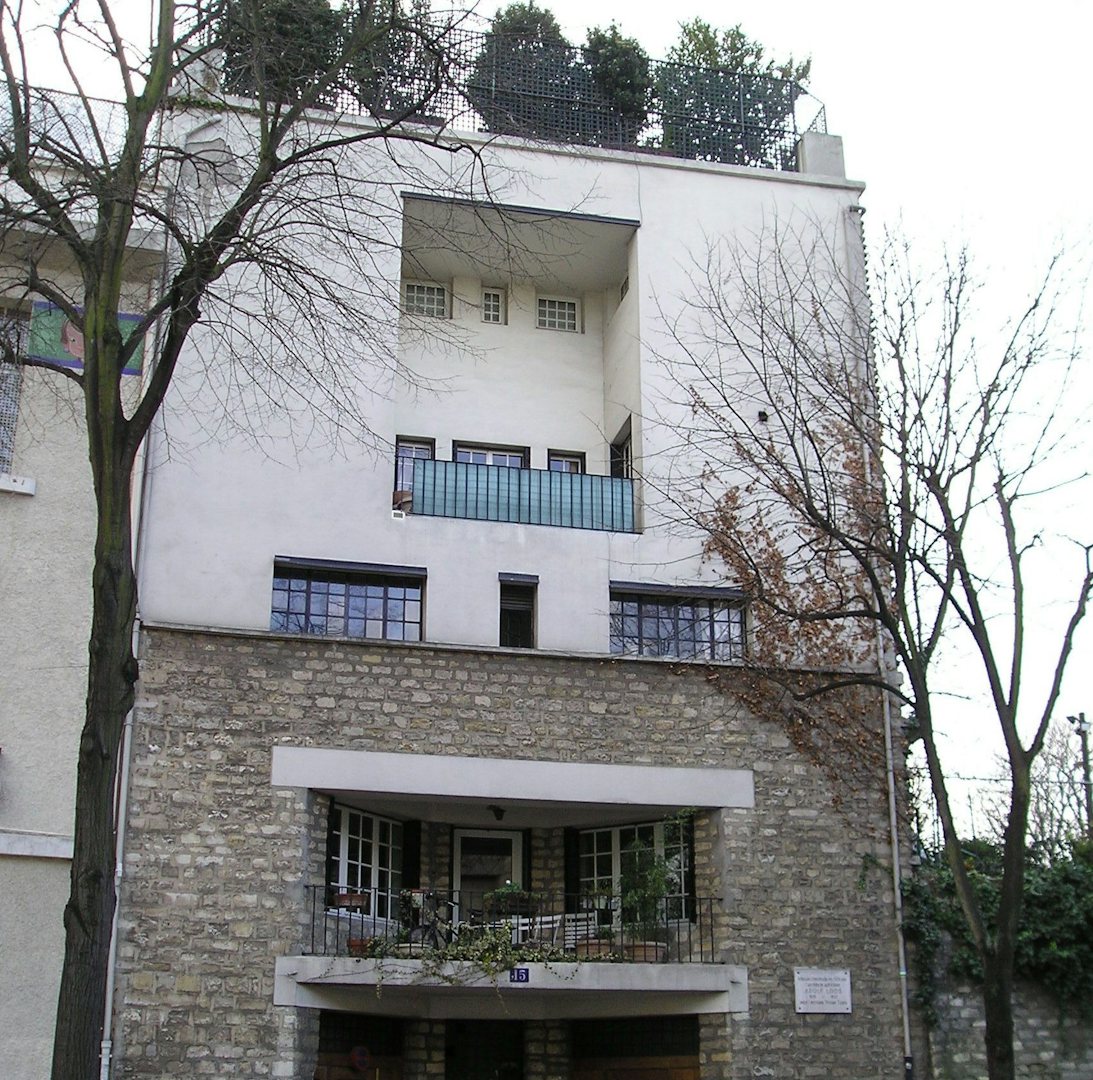
5) L'Hôtel-Atelier des Frères Martel
In 1927, Robert Mallet-Stevens inaugurated the street named after him, for which he designed all the buildings. The house at number 10 was built for two brothers, the sculptors Joël and Jan Martel. They shared a studio but had separate housing arrangements, which were separated by a staircase to the roof terrace. The architect meanwhile lived at number 12.
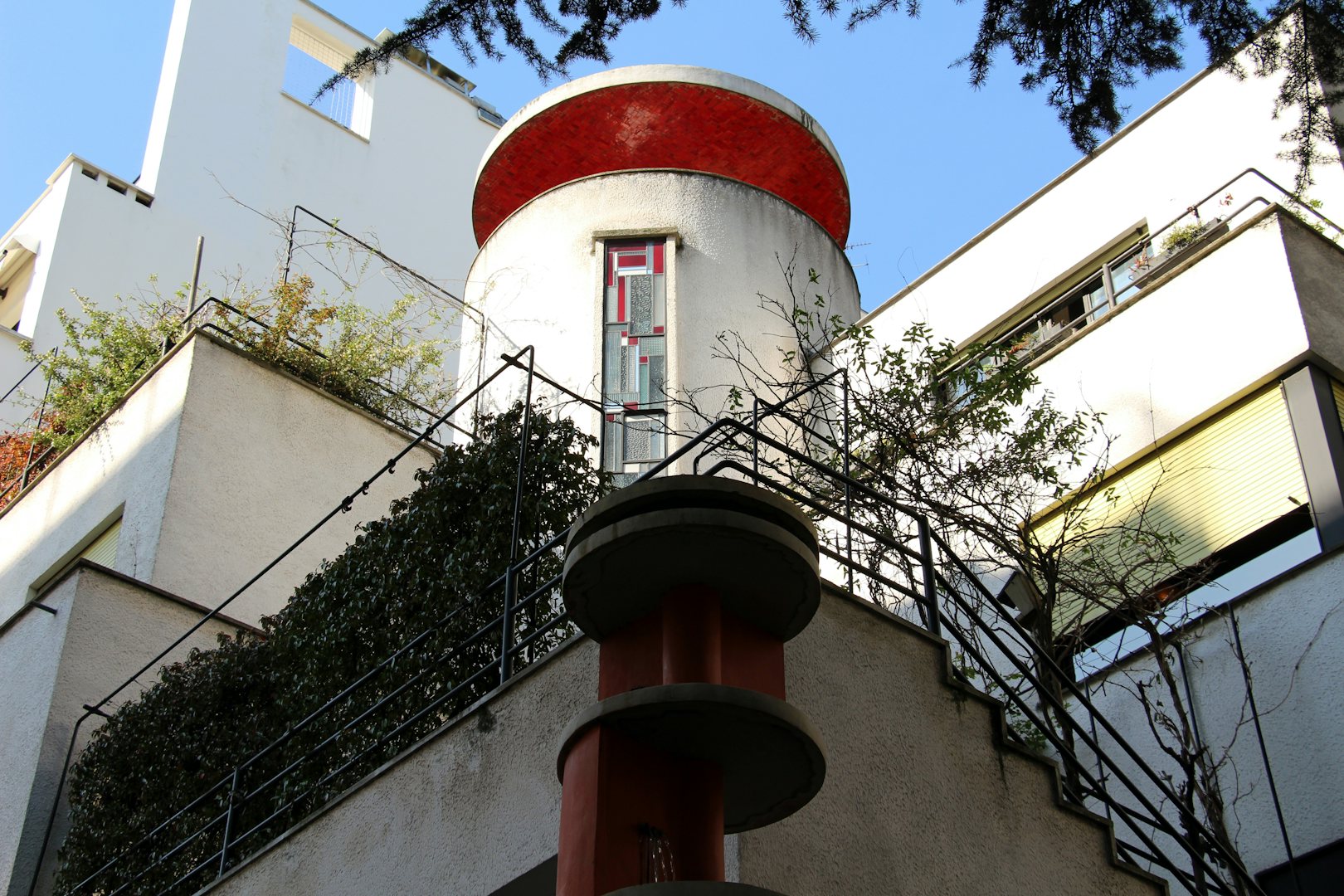
Fred Romero
More hidden secrets of Paris?
This guide takes you to the city's best-kept secrets: from hidden squares to charming shops. Discover Paris off the beaten track. Available as book or ebook.
JOIN THE HIDDEN SECRETS SOCIETY
Unlock a world of hidden gems. Sign up for free and gain access to over 4,000 addresses on our website. Plus, enjoy a 10% discount on all print guides and ebooks. Start exploring today!
Already a member? Log in. |
New here? Sign up. |